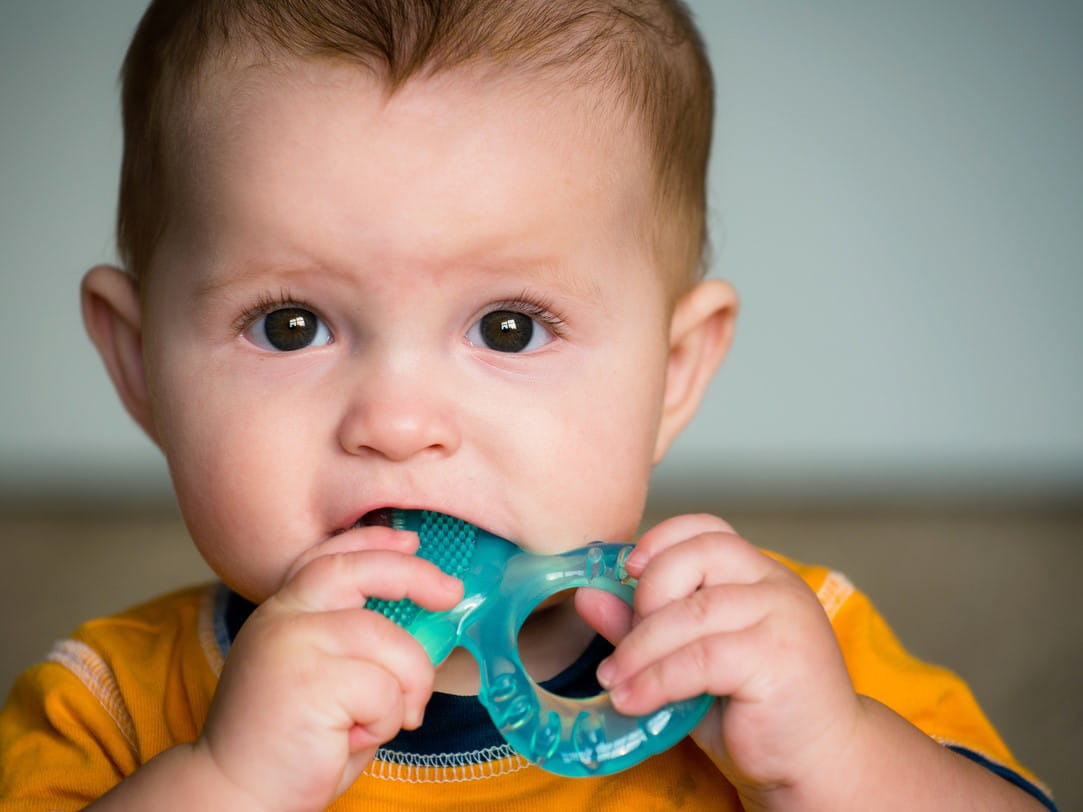Effects of lidocaine

The Bottom Line
Lidocaine, a local anesthetic, works by causing a temporary numbing effect. When used sparingly and as directed, topical lidocaine is generally safe. Misuse or overuse can cause serious problems and even death.

What is lidocaine?
Lidocaine is an anesthetic. Anesthetics have a numbing effect and are used to block pain. Topical anesthetics (intended to be used on body surfaces such as the skin) like lidocaine are available as gels, creams, liquids, sprays, eye drops, and patches. Because of their numbing effect, topical anesthetics are useful for treating pain such as sunburns, cuts or scrapes, insect bites, cold sores, rashes, hemorrhoids, injuries of the eye, or a sore throat.How does it work?
Local anesthetics like lidocaine work by blocking nerves from sending pain signals to the brain. The result is numbness of the area on which they are applied. This effect is temporary and does not damage the nerve cells involved.Lidocaine on the skin
When used sparingly and as directed, topical lidocaine is generally safe. However, misuse or overuse can lead to serious health problems and even death. Covering a large area of the body with lidocaine or leaving it on the skin for a long time can lead to absorption of the drug into the bloodstream. Absorption can also occur when it is applied to skin that is not intact, such as open wounds, blisters, or burns. Wrapping the treated area increases absorption.Lidocaine and teething
Tooth eruption (teething) is a normal event in the development of a child and often causes gum irritation, drooling, and fussiness. Topical lidocaine applied to the area around an erupting tooth has been used in attempts to ease the discomfort. Application of a lidocaine product within the mouth of an unhappy child is not an easy task, and the lidocaine quickly becomes diluted with saliva. Some lidocaine is always swallowed. For this reason, most child health organizations, including the American Academy of Pediatrics, discourage the use of lidocaine for teething. Instead, they recommend using chilled teething rings or pacifiers, washcloths soaked with cold water, or even massaging the gums with a clean finger.Is lidocaine safe to ingest?
Ingestion of lidocaine can cause numbness of the mouth and throat, which can lead to trouble swallowing and even choking. If a substantial amount is ingested, enough can be absorbed into the bloodstream to affect vital organs, primarily the brain and heart. Symptoms can range from mild drowsiness and headaches to confusion, seizures, coma, and cardiac arrest.Lidocaine and methemoglobinemia
Lidocaine can impair the ability of hemoglobin in red blood cells to carry oxygen to the tissues. Methemoglobinemia is the condition of having blood that has this altered kind of hemoglobin. Methemoglobinemia can result even from normal use of lidocaine, especially in children.Because their blood is not able to carry enough oxygen to the tissues, people with methemoglobinemia appear very pale or even blue, feel very tired, and experience shortness of breath. Methemoglobinemia can be life-threatening.
Have more questions?
If you have more questions about a lidocaine exposure, check the webPOISONCONTROL online tool or call Poison Control at 1-800-222-1222 for help.
Serkalem Mekonnen, RN, BSN, MPH
Certified Specialist in Poison Information
Revised William G. Troutman, PharmD
Professor of Pharmacy Emeritus
Poisoned?
Call 1-800-222-1222 or
Prevention Tips
- Store lidocaine and other topical anesthetics out of sight and reach of children and pets.
- Keep lidocaine in its original, labeled container at all times.
- Before using a lidocaine product, read the label carefully and be sure to understand and follow the instructions.
- Use as little lidocaine as possible and never more than the amount specified on the label.
- Avoid using lidocaine on broken skin.
- Lidocaine should not be used to treat children with teething pain.
- Do not wrap or cover areas treated with lidocaine.
This Really Happened
Prior to a laser hair removal procedure, a 15-year-old girl’s mother helped her apply a cream containing lidocaine to the areas being treated, including her legs, underarms, and mustache line. The cream was washed off after about 30 minutes. The mother had used a very large amount to cover the areas—about 2-3 tubes! The procedure was completed without any problems. About 3 hours later, the girl began to complain of feeling dizzy and nauseated.
The girl’s mother was concerned and called Poison Control for advice, which advised her to take the girl to the nearest emergency room. The ER doctor called Poison Control and reported that the girl’s symptoms seemed to have improved, but her methemoglobin level was 15.1% (normal levels are around 1%). The capacity of the girl’s blood to carry oxygen was greatly reduced. Poison Control recommended observation and supportive therapy. Although there is an antidote that can be given for methemoglobinemia, it is usually reserved for more severe poisoning. The following day, the girl’s methemoglobin level was down to 6.8%. Since she was doing well, she was allowed to go home.
For More Information
Skin numbing creams may cause death. NBC Washington. August28, 2008. Accessed August 24, 2025.
References
Catterall WA, Mackie K. Local anesthetics. In: Bronton LL, Knollmann BE, eds. Goodman & Gilman’s the Pharmacological Basis of Therapeutics. 14th ed. McGraw-Hill Education; 2022.
Poisoned?
Call 1-800-222-1222 or
Prevention Tips
- Store lidocaine and other topical anesthetics out of sight and reach of children and pets.
- Keep lidocaine in its original, labeled container at all times.
- Before using a lidocaine product, read the label carefully and be sure to understand and follow the instructions.
- Use as little lidocaine as possible and never more than the amount specified on the label.
- Avoid using lidocaine on broken skin.
- Lidocaine should not be used to treat children with teething pain.
- Do not wrap or cover areas treated with lidocaine.
This Really Happened
Prior to a laser hair removal procedure, a 15-year-old girl’s mother helped her apply a cream containing lidocaine to the areas being treated, including her legs, underarms, and mustache line. The cream was washed off after about 30 minutes. The mother had used a very large amount to cover the areas—about 2-3 tubes! The procedure was completed without any problems. About 3 hours later, the girl began to complain of feeling dizzy and nauseated.
The girl’s mother was concerned and called Poison Control for advice, which advised her to take the girl to the nearest emergency room. The ER doctor called Poison Control and reported that the girl’s symptoms seemed to have improved, but her methemoglobin level was 15.1% (normal levels are around 1%). The capacity of the girl’s blood to carry oxygen was greatly reduced. Poison Control recommended observation and supportive therapy. Although there is an antidote that can be given for methemoglobinemia, it is usually reserved for more severe poisoning. The following day, the girl’s methemoglobin level was down to 6.8%. Since she was doing well, she was allowed to go home.
